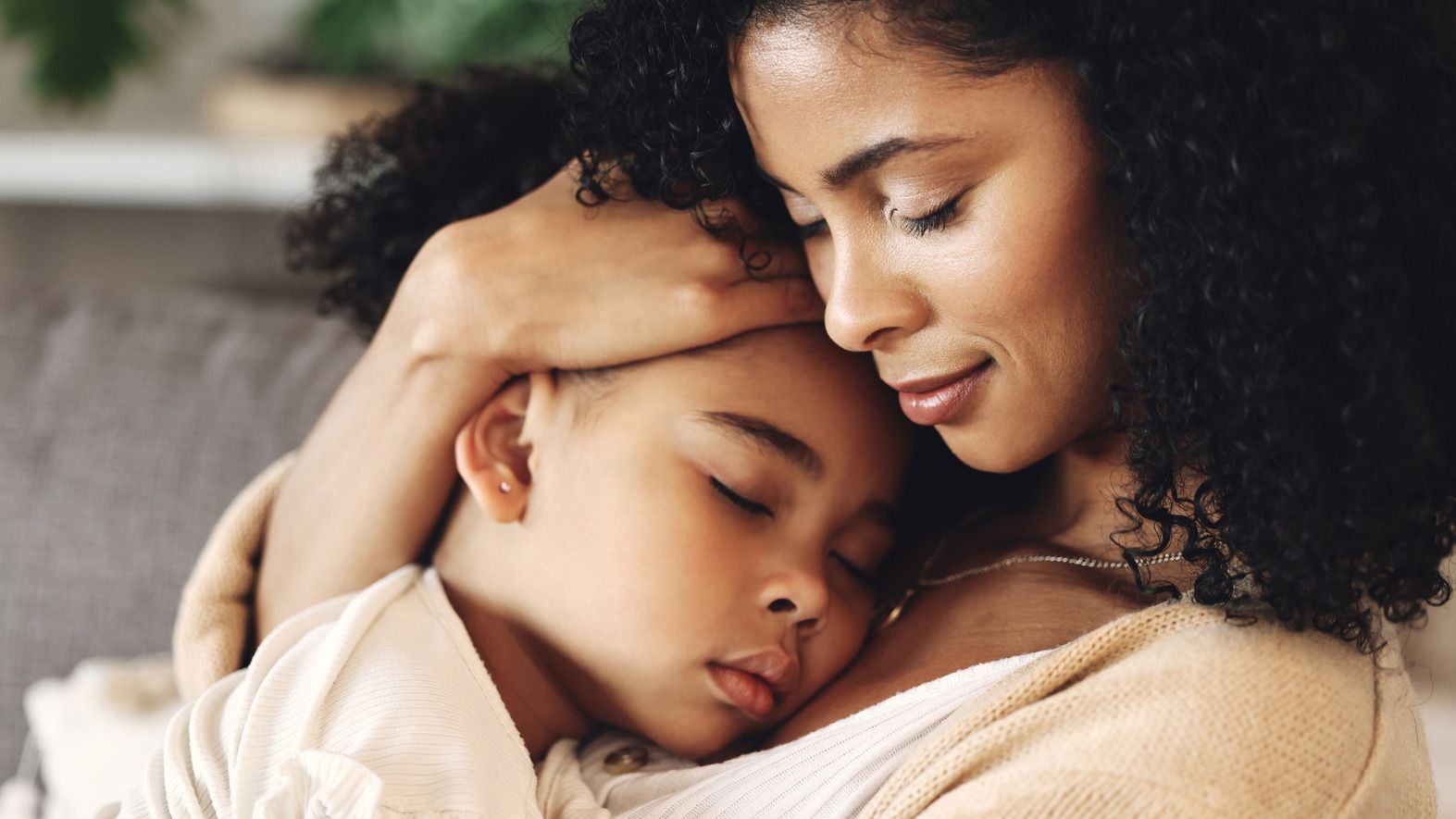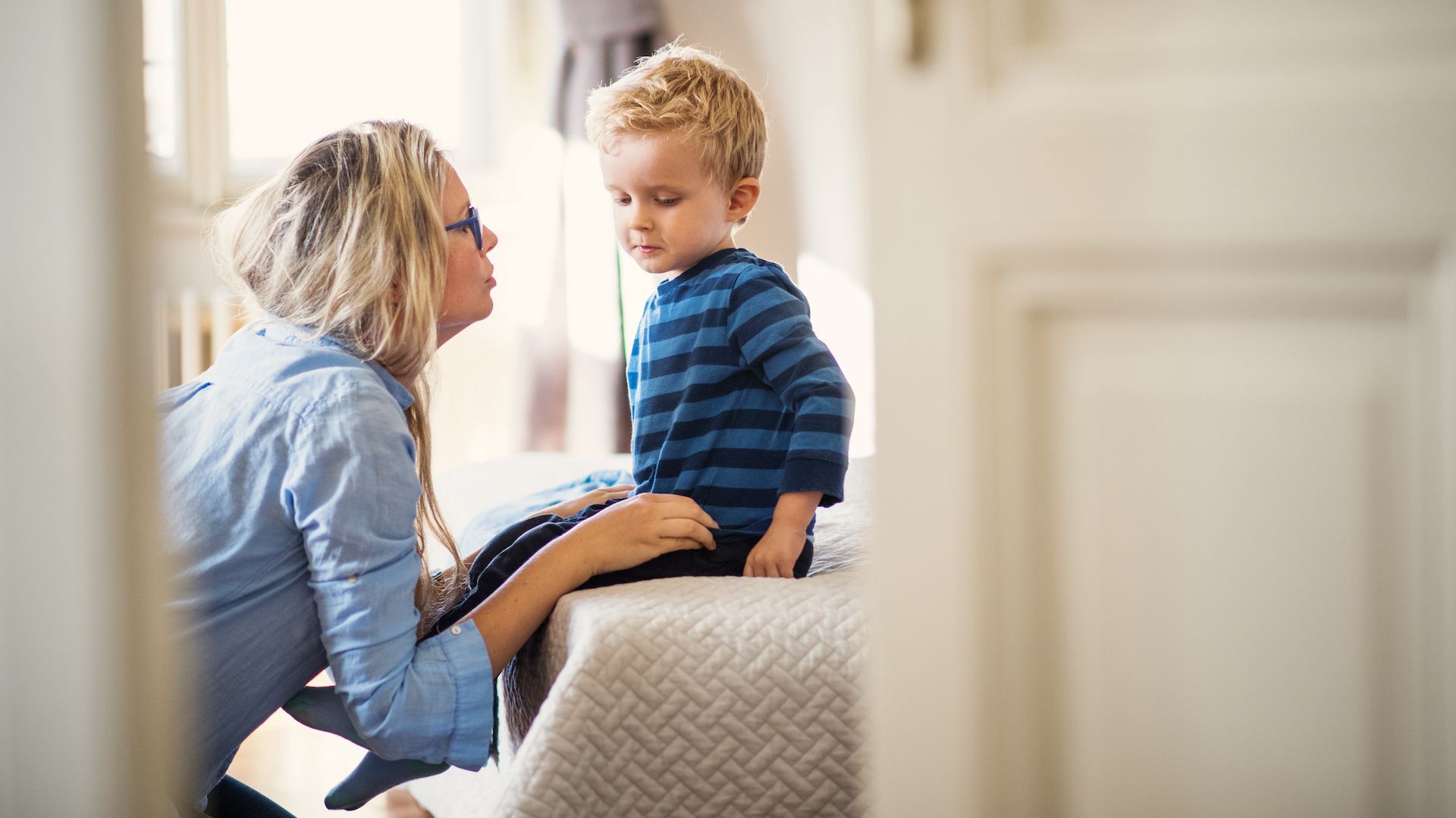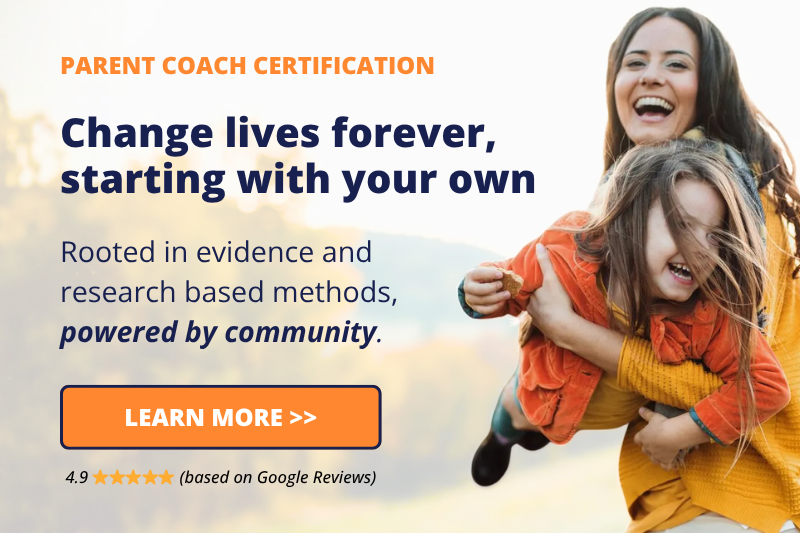Parental Anger: A Guide to Peaceful Parenting and Emotional Healing

“Why am I getting so mad at my kids?”
If you’ve felt this, you’re not alone. It's perfectly normal for parents to grapple with moments of anger and frustration. Parental anger is a common experience, often stemming from the complex interplay of stress, exhaustion, and the challenges of raising children. Recognizing and acknowledging these emotions is the first step toward healing.
What is Anger?
Anger is an emotion that has been stigmatized and misunderstood for generations. Often viewed as disruptive or harmful, many people grapple with dealing with anger. But it's essential to recognize that anger, like any emotion, has its place and purpose in our lives.
We can pave the way for emotional growth and well-being in adults and children by fostering a
peaceful parenting perspective and nurturing healthy connections with anger.
Some people, of course, have good reason to doubt that a
healthy relationship with anger is possible. For example, if a child is routinely exposed to angry outbursts from one of their caregivers—whether those outbursts include physical and/or emotional components—it would make sense that the child would grow up believing “anger isn’t safe.” That child may have traumatic memories tied to these anger events in their upbringing, even if the anger wasn’t directly aimed at them.
For example, perhaps Mom and Dad routinely argued in the kitchen after the child was upstairs in bed. However, since the bedroom was directly above the kitchen, the child heard every word and learned to find emotional safety by hiding under the covers, lacking support to process what was going on in a healthier way.
Based on how the child learned to cope and keep themselves physically and emotionally safe during turbulent times, they’re likely to grow into having one of these three primary types of relationships with anger: Flight, Fight, and Shrink.
Each of these relationships can affect adults and children alike. Let's explore them in detail:
1. Flight Relationship
Individuals tend to shut down and dismiss their anger in the Flight relationship. They may avoid conflict at all costs and often present themselves as martyrs. People in this category often prioritize meeting the needs of others over their own. They might distract their children when they experience anger, invalidating the emotion in themselves and others.
This group may claim never to feel anger, portraying themselves as carefree or even as people-pleasers. However, suppressed anger and ongoing stress can manifest in physical ways, such as exhaustion or shutting down, and even potentially increase the risk for auto-immune diseases (source).
Flight relationship individuals tend to go quiet and “stonewall” their children or partners, believing their needs and voices don't matter. Their baseline belief is that anger is unsafe, bad, wrong, dangerous, and something to be avoided. As a result, anger may be suppressed, giving way to lethargy and depression.
2. Fight Relationship
In a Fight relationship, individuals tend to express anger through aggression and confrontation. They are highly sensitive to perceived threats and may react quickly and forcefully when provoked. This relationship with anger can lead to a fear of disappointing others and a fear of being harmed.
People in the Fight category sometimes hold their dissatisfaction in for extended periods until they eventually “break.” When they witness their children expressing anger, it may trigger feelings of powerlessness, making them feel like powerless children again. They might view their children's or teenager’s anger as abusive and believe that emotional expression is a tool used for manipulation.
3. Shrink Relationship
The Shrink relationship is characterized by individuals who are silent and passive. They may feel invisible and tend to suppress their anger. Feelings of helplessness and powerlessness can dominate their emotional landscape, and rather than fleeing, they may acquiesce to whatever pleases someone else to “keep the peace.” This group often fears being a disappointment or being harmed by others.
Individuals in the Shrink relationship can endure long periods without expressing dissatisfaction, but eventually, they may reach a breaking point. Witnessing their child’s anger can make them feel like powerless children again, so they’ll do nearly anything to gain their child’s approval. They may perceive their children as trying to manipulate them and not trust emotional expression as healthy but as a tool to harm them.
Self-Empathy for Our Anger
Developing a peaceful relationship with anger is crucial to emotional growth and well-being. Recognizing the roots of our anger and how it’s been handled in our family for generations is essential. Author Ruth King refers to our rage or anger as our “inner Rage Child” because it often accumulates since childhood, perpetuating through generations.
Many of us either had our anger dismissed or suppressed, or our parents expressed anger in a violent and terrifying way. This experience has caused us to fear anger. One approach to softening this fear and building a healthier relationship with anger is through self-empathy, which can also be applied to our children.
Step 1: Validate and Name Safety
Begin by acknowledging the feeling of anger as normal and safe. Offer yourself or your child validation and safety. This means expressing that anger is a legitimate emotion, and it’s okay to feel it. Ensure that you are present and open, offering comfort and support.
Step 2: Invite the Experience with Support
Welcome the feeling of anger and reassure yourself or your child that they don’t have to go through it alone. Encourage trust in your/their ability to navigate this emotion. Emphasize that anger serves a purpose and is safe. Declare that you/they are strong and courageous enough to experience and let go of this feeling without causing harm.
Step 3: Offer Empathy (Verbal and Non-Verbal)
Empathize with the specific feelings and needs associated with anger. Use verbal and non-verbal cues to show understanding and support. Recognize the discomfort, fear, and intensity that can accompany anger. Give space and time for the emotion to run its course.
It’s important to note that all of the historical coping mechanisms we used with our family of origin—flight, fight, and shrink—make sense. With self-empathy and likely alongside professional support to enhance healing, the inner child can heal alongside the work we’re doing to heal our current family dynamics.
By understanding the origins of our anger and exploring constructive ways to navigate it, we can
break the generational cycle and foster a healthier relationship with our emotions and our children. Through self-reflection, empathy, and the adoption of
peaceful parenting practices, we can transform moments of anger into opportunities for growth and connection within our families. The journey to healing is a shared one, and it’s never too late to embrace a more mindful approach to parenting.
Meet Your Author, Sarah R. Moore
Sarah R. Moore is the author of
Peaceful Discipline: Story Teaching, Brain Science & Better Behavior and founder of
Dandelion Seeds Positive Parenting. As a certified Jai Master Trainer in conscious parenting and Board Chair for the American Society for the Positive Care of Children, she’s also a public speaker, armchair neuroscientist, and, most importantly, a Mama. With training in child development, trauma recovery, interpersonal neurobiology, improv comedy, and play, her work supports parents and caregivers around the globe. Follow her on
Instagram,
Facebook,
YouTube,
TikTok,
Pinterest &
Threads.
Share This Article:
Curious for more?














